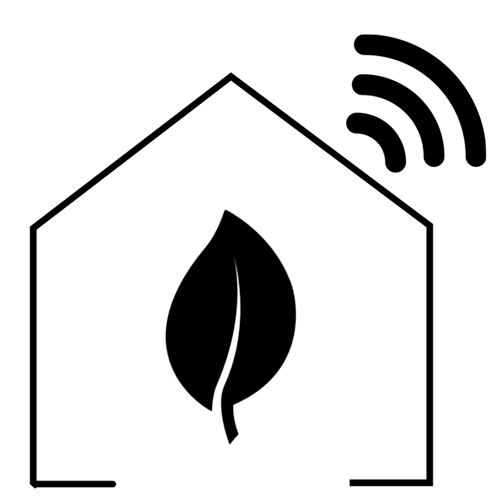Greenhouses in The Netherlands are becoming bigger and bigger every year. In the year 2016 the average surface is 24000 square meters [1]. Because of these sizes, maintaining stable temperature and air density becomes more difficult. By creating insight in these parameters, a farmer can find the cause of aberrant spots within a greenhouse. He can either adjust his climate control system or find out why these spots have an aberrant climate from the rest of the greenhouse.
Project “Climate of things, visualize ambient climate through smart sensing”, will be an electro-technical project to develop an Internet of Things application, that provides insight in this climate. This project is based on a previous system that acts the same but requires a lot of installation work. This system will be redeveloped based on modern technology, because of the expenses of the installation work.
Project description
This project was executed in cooperation with the company Hotraco Agri. The system currently used by Hotraco uses sensors that communicate over the Zigbee communication standard. This system needs to be operational in large surface greenhouses. A lot of gateways are required, because Zigbee cannot bridge the desired distance sometimes. The gateways collect each individual sensor data and sends it to an external computer. This acquired data is then visualized graphically. The greenhouse farmer can act based on this visualized data. The overview of this system could be observed in Figure 1.


Project Result
Hotraco proposed LoRaWAN, another communication standard that is theoretically able to bridge multiple kilometers [2]. The desired system overview can be observed in Figure 2.
The result of the sensor node and the gateway can be found in Figure 3 and Figure 4.


In Figure 4 you see the LoraWan gateway and on the left is the ic880a board. This is the actual gateway that can collect the packets from the nodes. This is his only possible job. When a packet is received it is stored in the intern FiFO memory of the chip. When the memory starts to overflow, the first messages are being erased to make room for new messages. There are two SX1257 chips present on the board. This means that the gateway can receive and send packets parallel. The packets that are stored in the memory can be read out by the Raspberry Pi, using SPI communication. The Raspberry Pi analyzes the received packets and can chose to react to them, or ignore them. You could let the Pi send the data to “The Thinger Network” or create your own application. In this project the group created their own application. The information is visualized as shown in Figure 5.

Video
[1] Wageningen Universtity & Research, “Agrimatie – Informatie over de agrosector,” 6 Juni 2017. [Online]. Available: http://www.agrimatie.nl/SectorResultaat.aspx?subpubID=2232§orID=2240. [Accessed 20 February 2018].
[2] The Things Network, [Online]. Available: https://www.thethingsnetwork.org/wiki/LoRaWAN/Limitations. [Accessed 21 February 2018].
